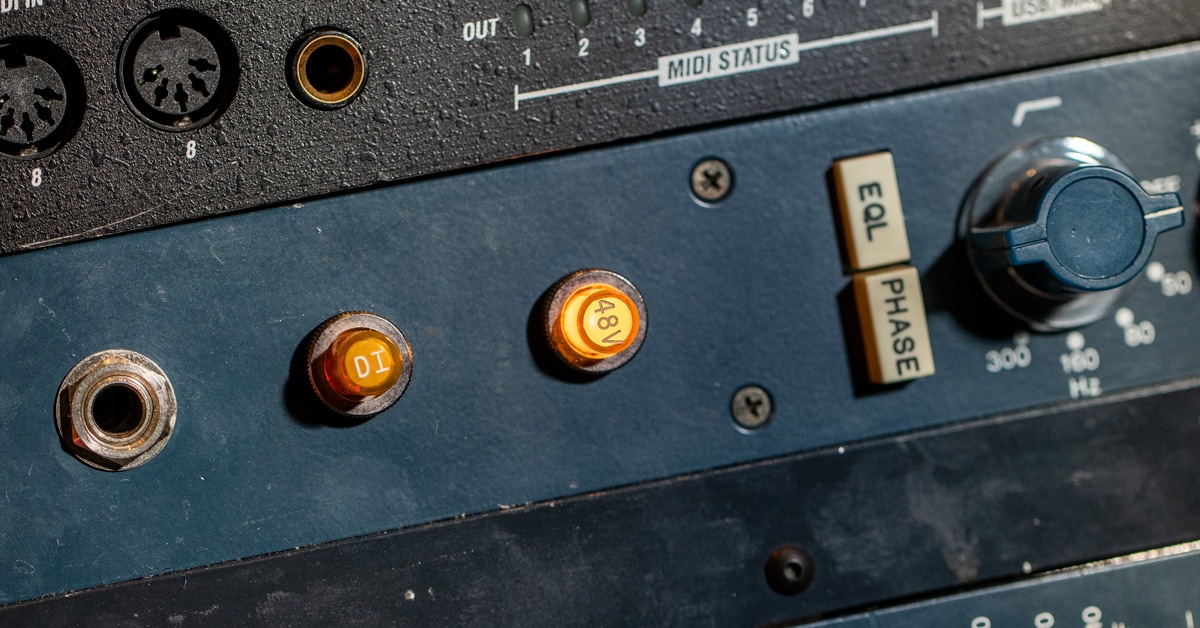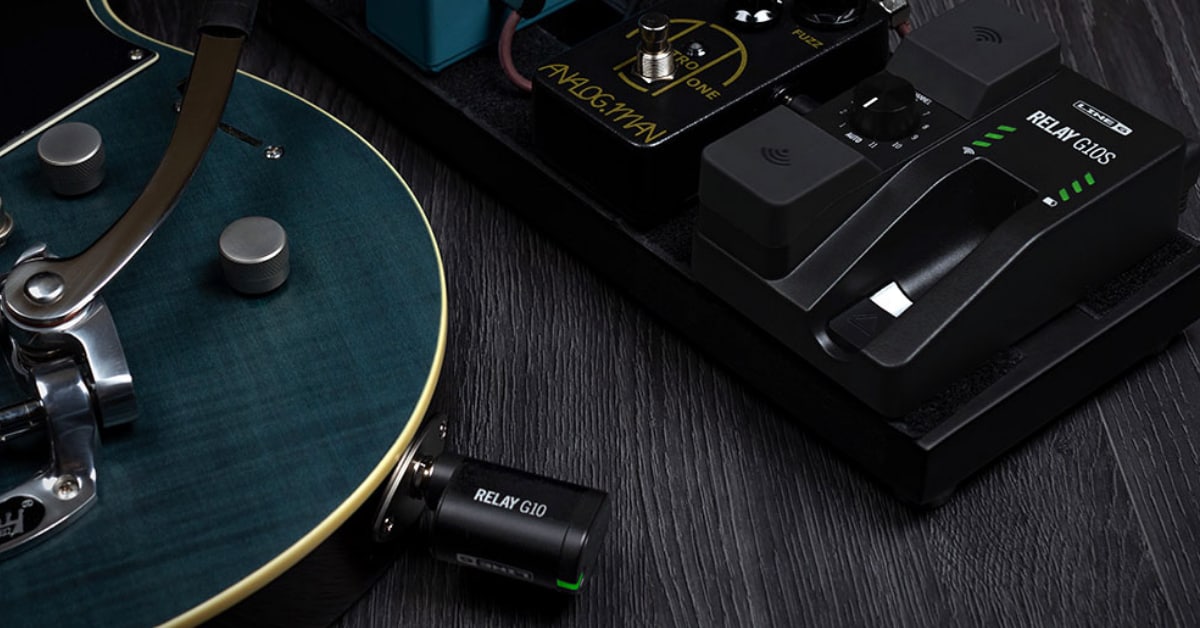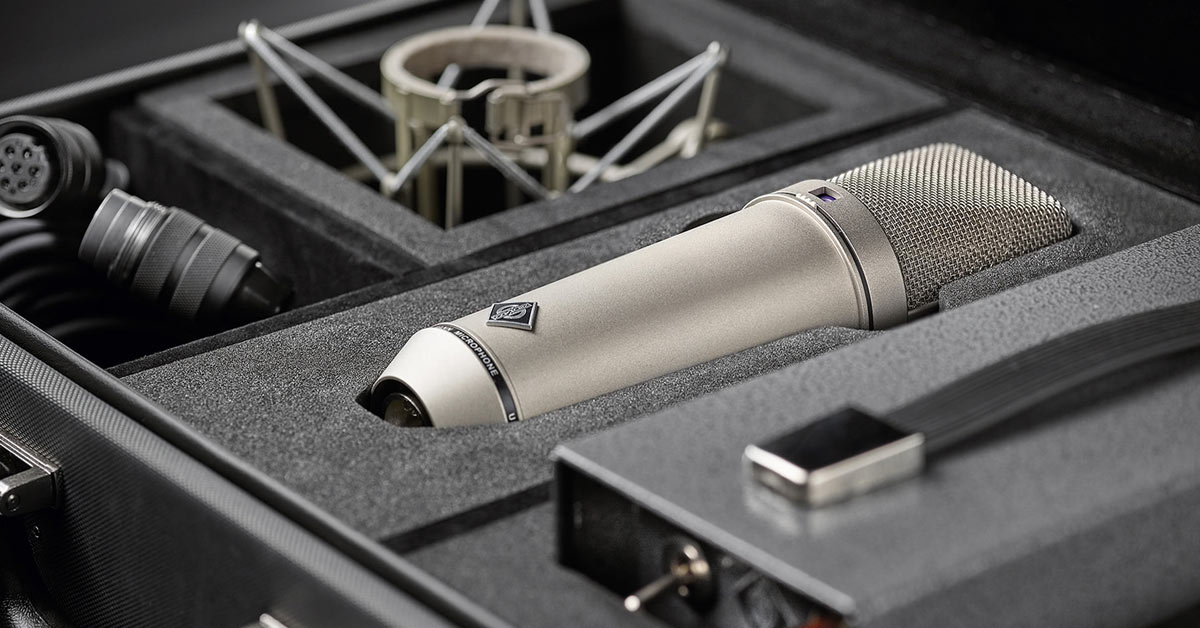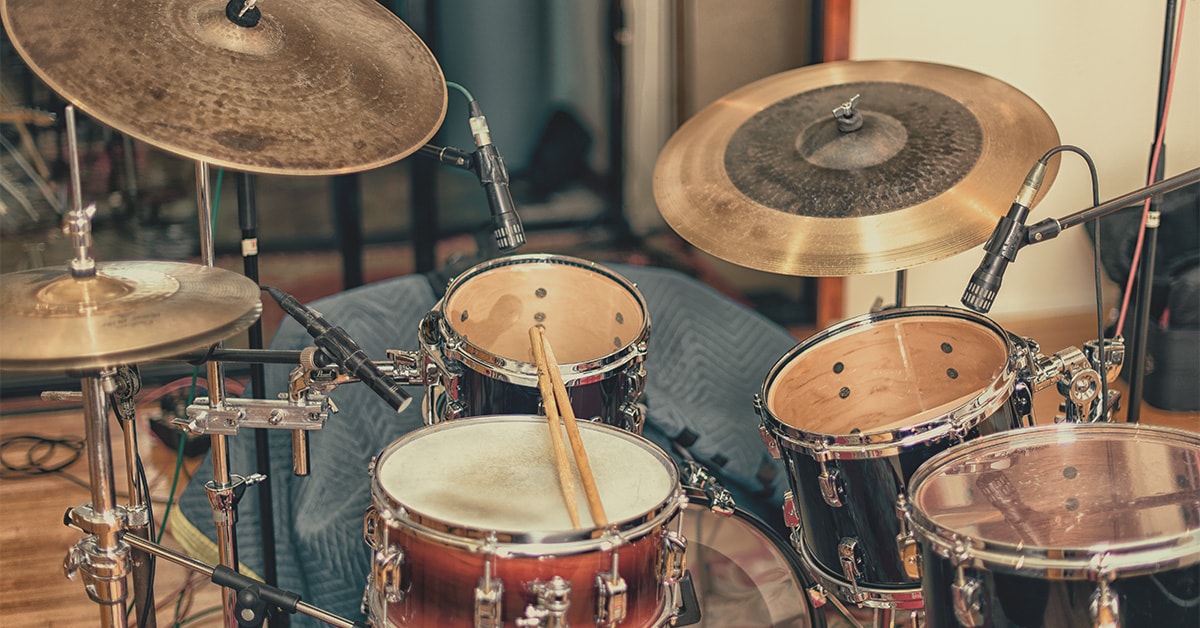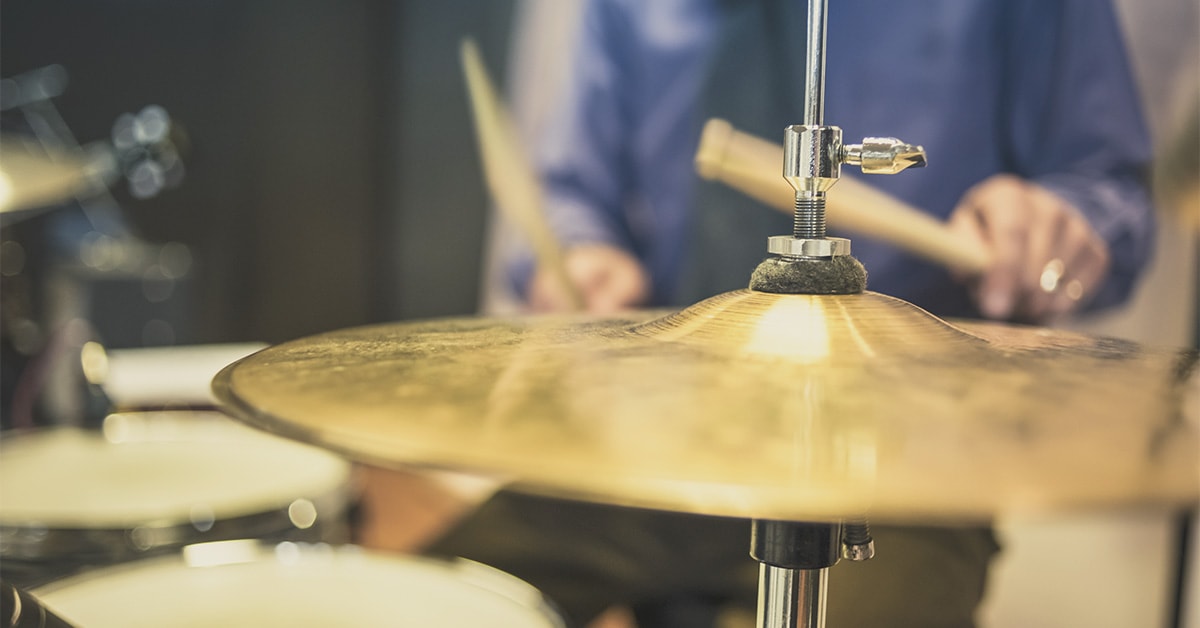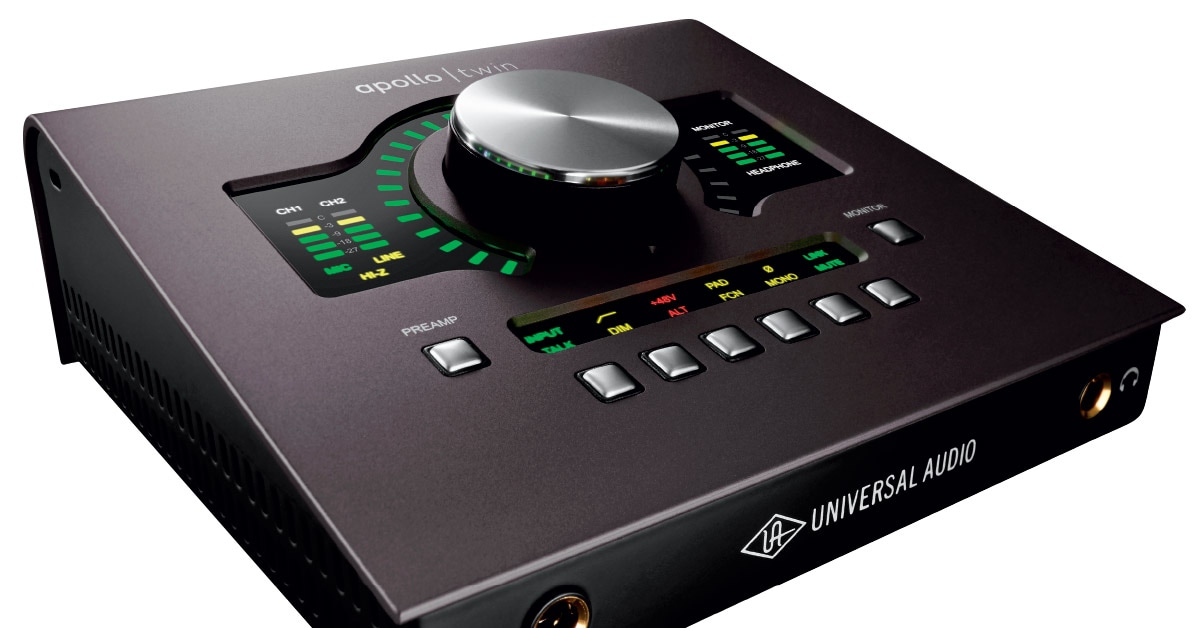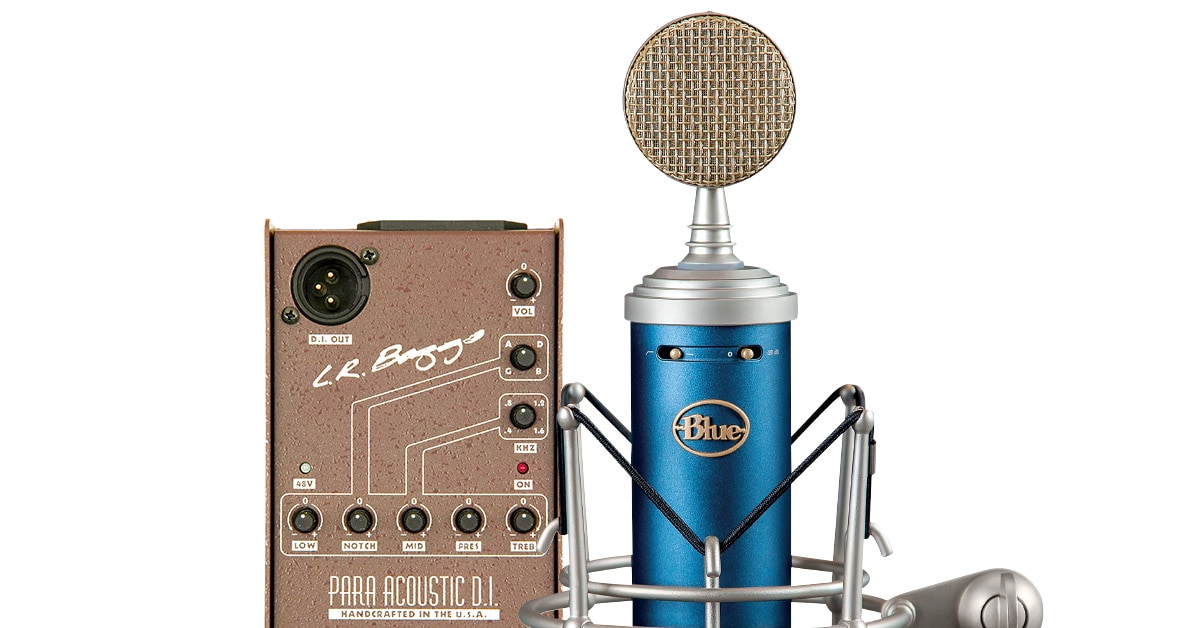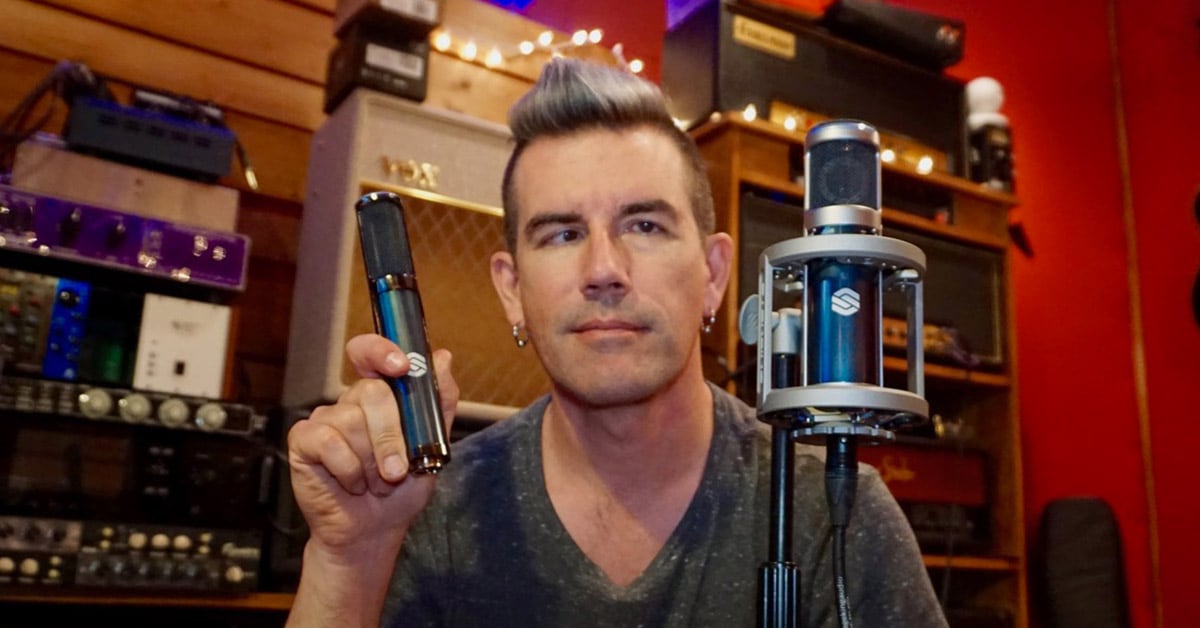Sign up or sign in for faster checkout, order tracking, custom alerts and more.
Create Account-
Sign in
- Track Order
-
Recently Viewed
Recently Viewed
-
Guitars
Guitars Shop All Guitars >
-
Basses
Basses Shop All Basses >
-
Amps & Effects
Amps & Effects Shop All Amplifiers & Effects >
- Drums
-
Recording
Recording Shop All Recording >
-
Keyboards & MIDI
Keyboards & MIDI Shop All Keyboards & MIDI >
-
Live Sound
Live Sound Shop All Live Sound >
-
DJ Equipment
DJ Equipment Shop All DJ Gear >
- Popular Brands
-
Lighting
Lighting Shop All Lighting >
-
Accessories
Accessories Shop All Accessories >
-
Band & Orchestra
Band & Orchestra Shop All Band & Orchestra >
-
Mics & Wireless
Mics & Wireless Shop All Mics & Wireless >
-
Music Software
Music Software Shop All Music Software >
-
Platinum Gear
Platinum Gear Shop All Platinum >
- Outlet
Shop By Category




